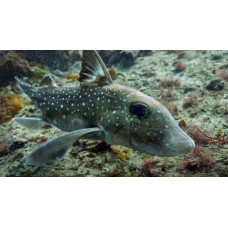Species arise from related forms with highly overlapping or intersecting ranges. Species formation is possible through polyploidisation, hybridisation and the emergence of reproductive isolation within individuals of the original single population. Sympatric species are most often morphologically similar to the original species.
Sympatric speciation (from the Greek sýn, together, and patris, home).
Populations living in the same area are called sympatric.
Non-breeding species living together in the same area are called sympatric.
This term is commonly used to refer to two different situations: in the first situation, populations coexist genetically but not ecologically, and in the second situation, populations coexist both genetically and ecologically. The first situation is called contiguous sympatry and the second is called biotic sympatry. The opposite situation, speciation in populations with disjunct ranges, is called allopatry.
Sympatry can only occur if two forms coexisting in the same habitat or part of it do not interbreed. In some cases, sympatric species occur as a result of allopatric speciation followed by the movement of individuals of one species into the range of the other.
Examples of sympatric speciation in animals include the origin of the cichlid Amphilophus zaliosus from Amphilophus citrinellus in Lake Apoyo.
Sympatric species
Tags: Sympatric species



